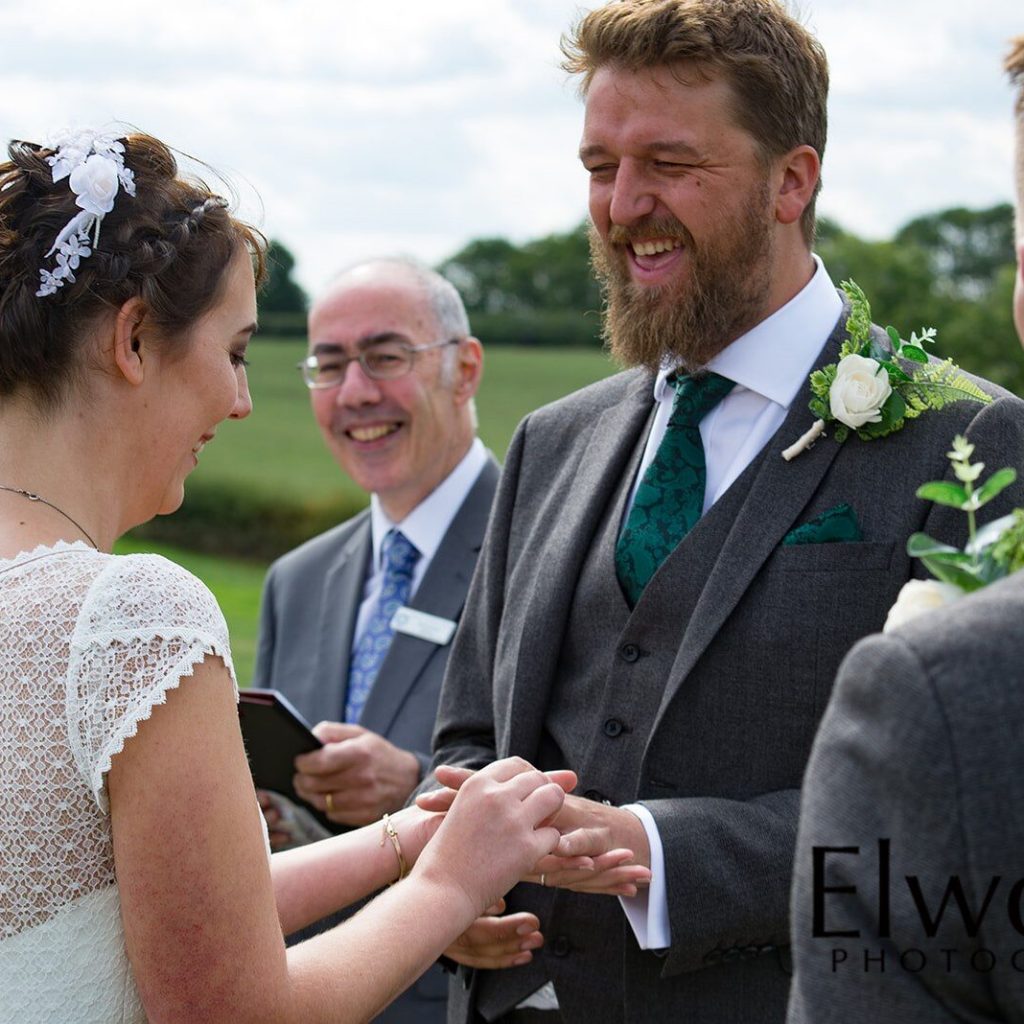People often think they understand what a civil celebrant does. One of the problems for us is that they are usually wrong. Mostly, they tend to confuse us with wedding planners.
Wedding Planners
Their job normally includes booking the venue and organising suppliers (such as make-up artists, musicians, the catering and/or entertainment, the decor and supervising what happens on the day).
A civil celebrant doesn’t usually do any of these jobs. Like a wedding planner, our work starts well before the wedding day. However, on the day, our role is to conduct the ceremony. Very occasionally, we are around for other parts (canapes, ‘breakfast’, even the reception), often working as a sort of toastmaster, but that is not the job specification of a regular Civil Celebrant, so I won’t discuss that further.
The one part of the day the wedding planner has no control over is the conducting of the actual ceremony. And that’s where we come in.
Civil Celebrants
The bit of the job of a celebrant that the public sees is on the day itself. We arrive at the venue in very good time – or ought to! –, check all is set up correctly, make contact with the major players (event planner, couple’s family, musicians, photographer, etc.) , meet the ‘team’ (eg Best Man and ushers etc.) and calm the Groom down!

Then we’re in charge of the ceremony. We conduct it from the ‘front line’ calmly, clearly, professionally and with humour (as appropriate). We co-ordinate with the other ‘actors’. We ensure the couple are at their ease. We have to be ready to react suitably to the unexpected (you’d be surprised!), and make the ceremony memorable, enjoyable and special for all concerned.
The public part of what we do only extends to the half-hour (or so) ceremony, plus the hour beforehand.
The unseen side
Of course, there’s a lot to putting together the ceremony in the first place.
It usually starts from an initial conversation (face-to-face or on Skype or Zoom). The idea is to establish a picture of what the client wants (and what can work) and create a relationship.
Then there’ll be research, as a draft ceremony is prepared. Once that has been written and e-mailed for the client’s approval, there’ll be irregular contact. Tweaks are often made before the final version is agreed.
Well before the big day, the couple will have agreed exactly what will be uttered, and will have no unpleasant surprises in wait. Their dream ceremony is ready.
And that’s what a civil celebrant does!
Top photo: Matt Penberthy
